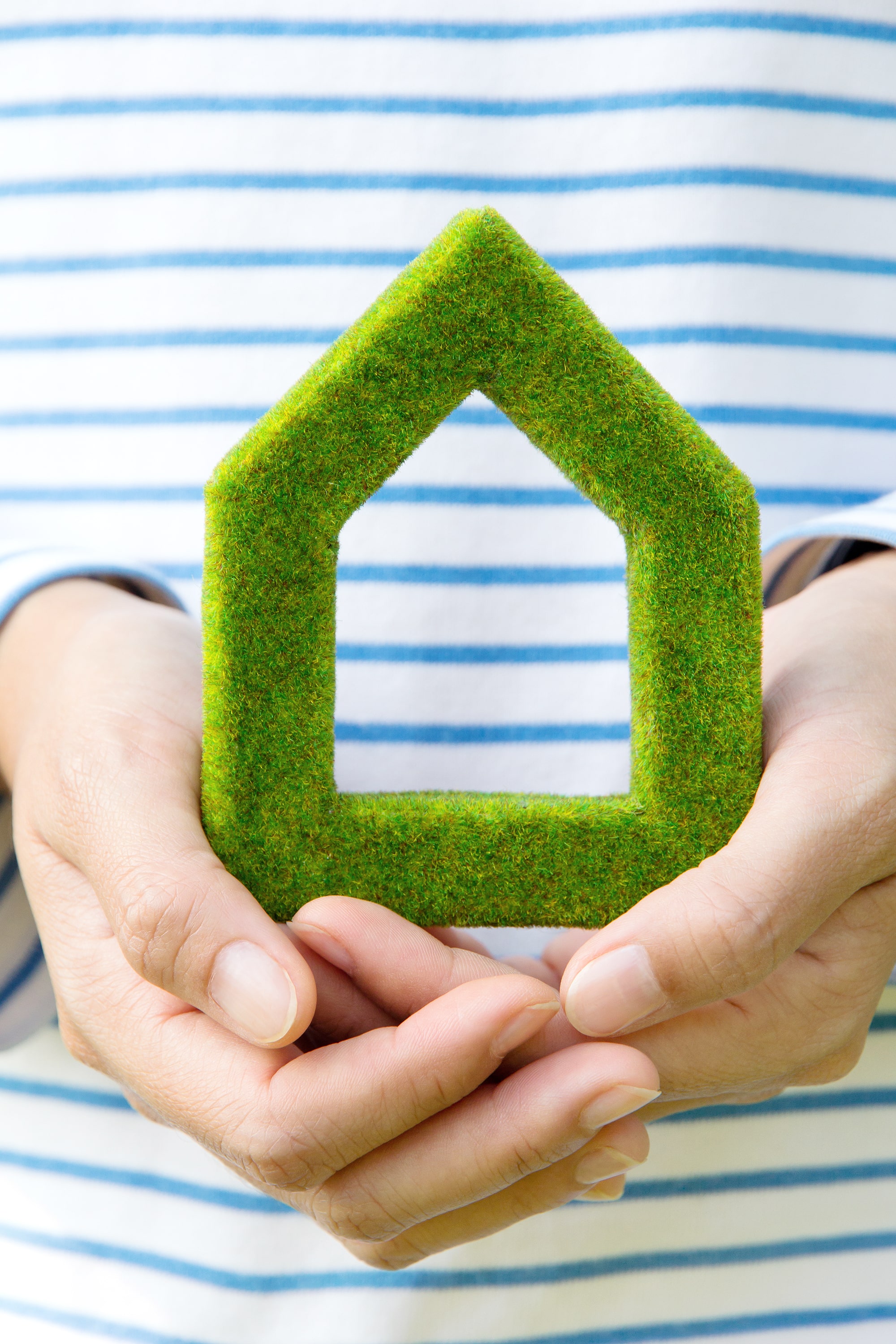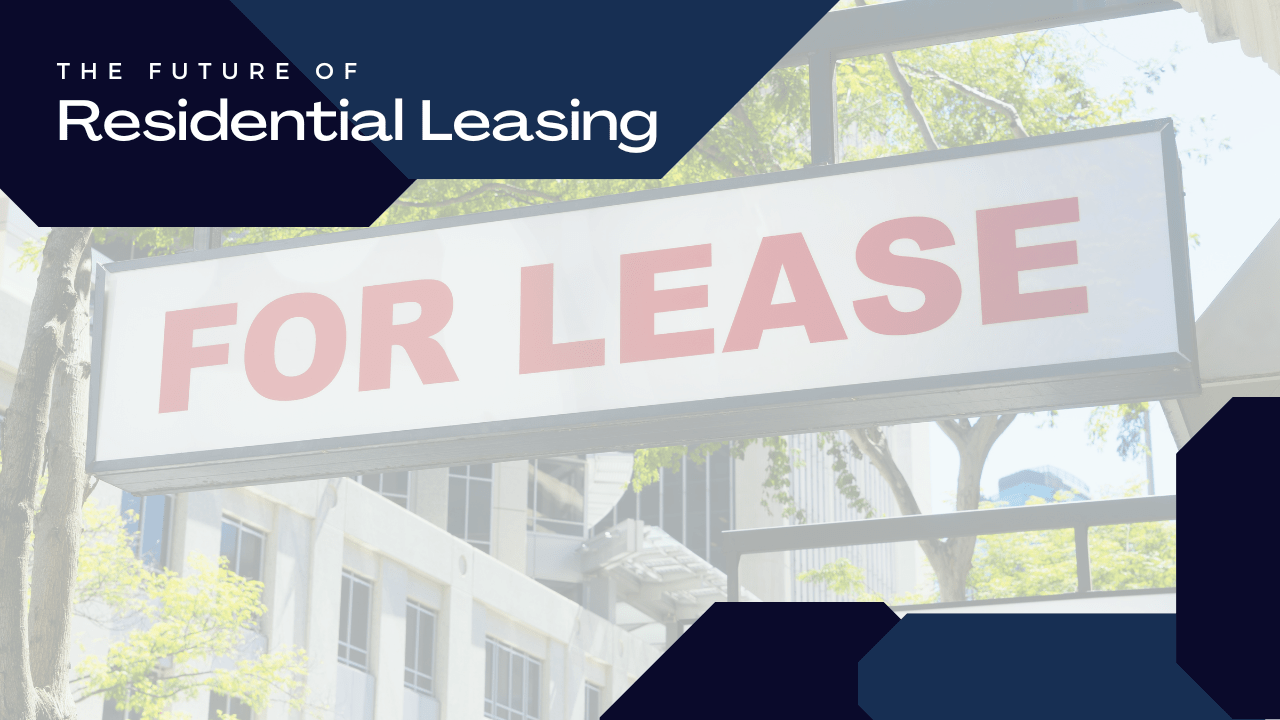The latest U.S. census report tells us that 63 percent of the households in California are rented. The pool of tenants is generally growing, thanks to a number of factors including the high cost of mortgages and a general preference to rent rather than buy in the current economy and housing market. You have more tenants roaming the city, looking for homes, than you have buyers.
That’s good news when you have a home to rent in California.
There’s also affordability to consider, and migration. People are working remotely. A large population of tenants no longer needs to live near their work. All of these factors are driving residential leasing in a certain direction, especially in terms of demand and flexibility.
The rental market in California is constantly evolving, and staying informed about the latest trends is crucial for property owners looking for ways to increase both the stability of their investments and profitability. From emerging technologies to shifting tenant preferences, understanding these trends can help you make more strategic decisions and maximize your property's potential.
Bell Properties is taking a look at leasing trends today, through the lens of our experience as local property management experts in LA. We want to talk to our current and potential partners about how to best prepare for coming trends, and how to position your property to benefit from them.
The Impact of Remote Work on Residential Leasing

The rise of remote work has significantly influenced the residential leasing market, especially in urban environments like Los Angeles. With more people working from home, tenants are seeking properties that can accommodate home offices or flexible workspaces. They are looking for a bit of outdoor space for when they have to step away from their work. Many of today’s remote workers have pets, so pet-friendly policies are important.
This shift has led to an increased demand for larger apartments and houses with extra rooms that can be converted into office space. Additionally, properties with high-speed internet and modern telecommunications infrastructure are now more attractive to potential renters. You may not be offering internet services in your rent, but when tenants know that it’s easy enough to access that service, they’re more willing to rent your home.
The convenience of remote work has also motivated some tenants to relocate from dense urban centers to more spacious suburban areas, further shaping the patterns of residential leasing. Think about this when you’re buying your next rental property. If you’re trying to attract remote workers as tenants, the neighborhood you choose will be a huge factor in your success.
Property owners who can adapt to these new preferences by offering versatile living spaces and robust technological amenities are likely to see greater demand and higher occupancy rates.
Residential Leasing Trends and Rental Prices
The shifts in tenant preferences and the growing demand for flexible living spaces have had a noticeable impact on rental prices in California.
Properties that offer home office options, outdoor space, parking, and additional amenities such as smart home tech and sustainable features are commanding higher rental rates due to their added value. As landlords invest in upgrading their properties to meet these new demands, these costs are often passed on to renters in the form of increased rents.
Moreover, the movement toward suburban locations, driven by remote work, has also influenced rental prices. Suburban areas, previously considered more affordable, are experiencing a surge in demand, leading to higher rental prices as more renters seek the additional space and amenities these locales offer. Overall, while some California rental properties have seen their prices stabilize recently after years of steady increases, the properties who have managed to adapt to current trends and upgrade their facilities are likely to maintain or even increase their rental value.
Smart Home Technology as a Leasing Trend
 Smart home technology is no longer a luxury; it's becoming a standard expectation among tenants. Integrating smart locks, thermostats, and security systems can make your property more attractive to prospective renters. Smart home technology is not only helping owners to rent their properties out faster and for more money, it’s also assisting us manage those homes. Video doorbells can provide additional security during vacancy periods. Digital locks and keypads allow for maintenance people to come and go as needed without anyone being there to let them in.
Smart home technology is no longer a luxury; it's becoming a standard expectation among tenants. Integrating smart locks, thermostats, and security systems can make your property more attractive to prospective renters. Smart home technology is not only helping owners to rent their properties out faster and for more money, it’s also assisting us manage those homes. Video doorbells can provide additional security during vacancy periods. Digital locks and keypads allow for maintenance people to come and go as needed without anyone being there to let them in.
Benefits of Leasing a Home with Smart Home Tech
When you meet this trend with an investment in smart home tech features, you make your property more attractive to potential renters. Modern amenities can make your property stand out. There’s also a link between smart home features and energy-efficiency, which is incredibly attractive to tenants. For example, smart thermostats can help reduce energy costs, and tenants are always trying to save money. Enhanced security features can provide peace of mind for tenants, and that’s also going to make them more likely to rent a home that has smart home tech.
Popular Smart Home Devices
What should you invest in when you’re choosing smart home tech for your rental property? There are a lot of options. We recommend smart locks. Keyless entry systems that offer convenience and security are a huge selling point during the leasing period. Smart thermostats are a good idea, too. Automated climate control can be managed remotely. Consider security cameras or video doorbells, too. This provides real-time monitoring and alerts.
Modern Leasing Trends: Sustainable Living
 Sustainability is a growing concern for many tenants, especially in eco-conscious cities like Los Angeles. This is a trend that has been gathering momentum over the last few years. Properties with green features such as solar panels, energy-efficient appliances, and sustainable landscaping are highly sought after and deliver higher rents.
Sustainability is a growing concern for many tenants, especially in eco-conscious cities like Los Angeles. This is a trend that has been gathering momentum over the last few years. Properties with green features such as solar panels, energy-efficient appliances, and sustainable landscaping are highly sought after and deliver higher rents.
If you’re thinking about making your rental home a bit greener, you’ll find you’re able to enjoy the following benefits:
Attractive to Tenants. These updates and upgrades appeal to environmentally conscious tenants. They’ll appeal to money-conscious tenants, too, who understand that energy costs will be lower.
Cost Savings. Energy-efficient features can reduce utility bills for you, too, when you’re doing tenant turnovers or keeping the lights on during a vacancy.
Future-Proofing. Sustainable properties may see increased demand over time.
Which sustainable features should you consider? Like the smart home options, Bell Properties recommends those that tenants will find most appealing and those that will increase your rental value and property value. Solar panels are a great idea because they represent renewable energy sources that will lower electricity costs. However, those can be an expensive investment. Instead, start small. Replace light bulbs with LED lights. Install energy-efficient appliances that reduce energy consumption. Consider low-flow plumbing features like faucets and shower heads. Even toilets can save water.
Remote Leasing and California Tenants
The COVID-19 pandemic was quick to accelerate the adoption of virtual tours and remote leasing processes. Many of these things have stuck around, even as the worst of the pandemic has passed. Prospective tenants now expect the ability to view properties and sign leases online without needing to visit in person.
Make sure you’re providing this as part of your leasing process. The convenience is great for tenant attraction and retention; they can explore properties at their own pace and on their own time. Virtual leasing and remote showings can also attract tenants from outside the local area. This provides you with a larger tenant pool. Your best tools for modern and updated leasing will be:
3D Tours. Interactive tours that provide a realistic view of the property.
Online Applications. Streamlined application processes.
Digital Signatures. Secure and convenient lease signing.
The Influence of Social Media on Marketing and Leasing

Social media platforms are powerful tools for marketing rental properties. Effective use of platforms like Instagram, Facebook, and LinkedIn can enhance your property's visibility and attract a larger pool of potential tenants. These platforms are often more effective than the usual rental websites like Zillow and Zumper or HotPads or RentCafe. That’s because it’s easier to interact with interested tenants right away, in real time.
Social media provides the opportunity to build a strong online presence and to expand your existing network. Engagement is easier and this is also more cost-effective than traditional advertising. In some cases, you can spend a little money on advertising or targeted campaigns. But just being present on these platforms is an excellent start.
Leverage your social media marketing and leasing efforts with high quality photos. You want to showcase your home. Share tips, updates, and tenant testimonials on your pages. It’s also important to maintain a regular posting schedule to stay top-of-mind.
Staying ahead of these trends can give rental property owners a competitive edge in the leasing market. By adopting smart home technology, promoting sustainability, offering virtual tours, and leveraging social media, you can attract and retain high-quality tenants for your California homes.
Our team is here to help you navigate all the current leasing trends and those still on their way. Please contact us at Bell Properties, and we’ll talk about it.


